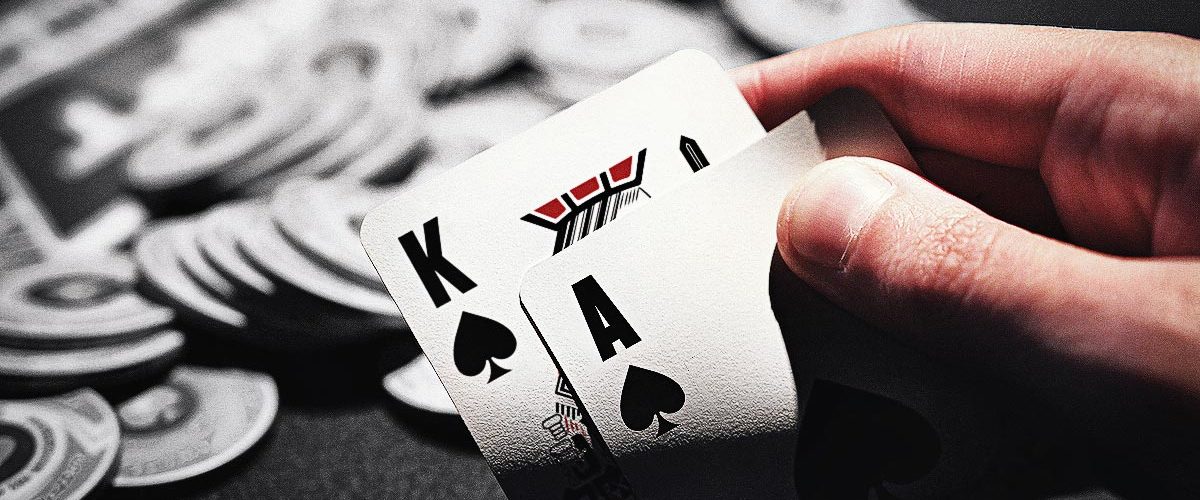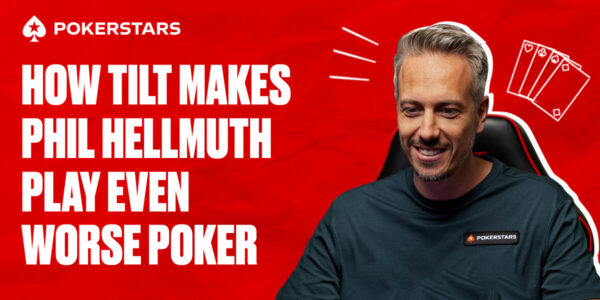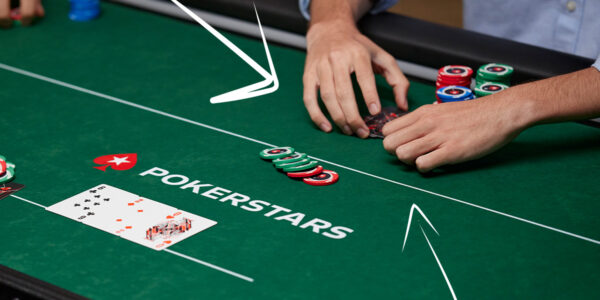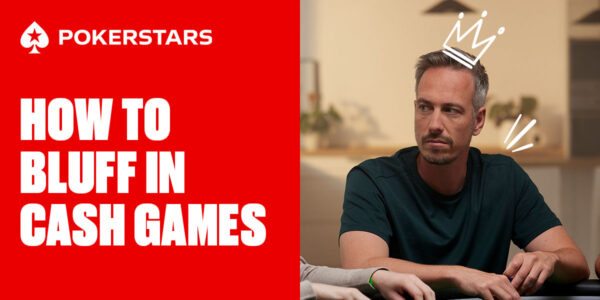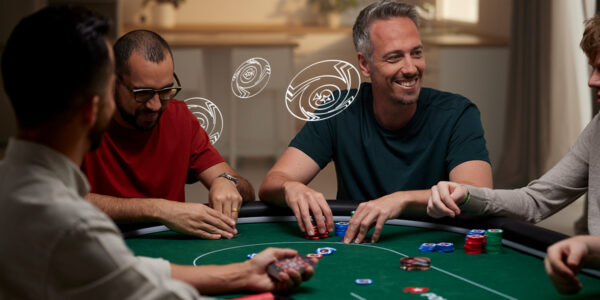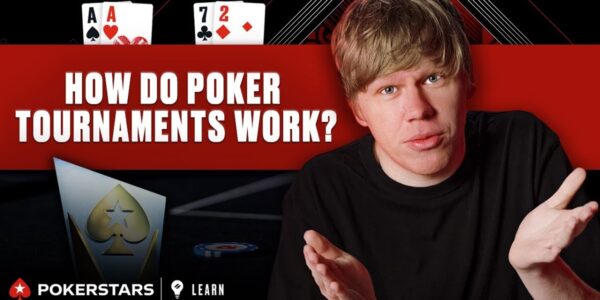Range Wars – Part 4
Another hand was discussed recently in the Pokerstars School_handreviews channel that I thought was a nice illustration of how thinking in terms of ranges instead of your actual holding can lead to very different conclusions.
In this hand the poster provided very little detail, like stack sizes, the raiser’s position and such. (Word to the wise, it will be difficult for this poster to improve their game if they can’t get any details included for their questions… make sure when discussing hands you include the detail)! But let’s assume this was a cash game setting with 100bb effective stacks. I’ll paraphrase the poster’s dilemma: There was a raise preflop and they called from the button with AJo. They went to the flop heads up and it came AJ3 rainbow. The preflop raiser made a continuation bet. The hero couldn’t decide whether to raise or call the flop continuation bet. They reasoned if they flat call, any broadway card would be threatening, and if they raise they are turning their hand face up, so they didn’t know what to do.


A couple of the replies, which were clearly from the perspective of playing our actual hand and not from the perspective of playing our range, were in favor of raising. One person said straight up they would raise, with no explanation or reasoning behind it. Another said it was dependent on the depth of money, if the money is deep they would like to raise to start building the pot right now. Part of the problem with that philosophy is that to build a pot we need cooperation from our opponent. If they have something strong like AK, this might work, but we don’t need to raise immediately to get additional action from those hands. And while a raise doesn’t necessarily turn our hand face up, it does indeed look very strong in a spot where the opponent has a range advantage and there’s no draws for us to hold short of gut shots.
I replied with my thoughts from the perspective of playing our range instead of our actual 2 cards we hold this time.
For me, this is a pretty straight forward call on the flop, I don’t like raising here. This is a good board for the preflop raiser. If he’s bluffing, raising will simply fold those bluffs out and not allow him to use his range advantage to bluff further. If he’s got the big ace, he’ll put in 3 streets of action anyway and we can raise later in the hand. Also, by not raising, we may get check/called down later by KK/QQ/Jx type hands. Plus the Jx part of his range, which should at the very least include KJs/QJs/JTs, we really don’t want to raise those hands out as they are drawing near dead.
Essentially, when the board favors your opponent’s range fairly distinctly, you’re usually going to want to just call in these spots where you have so few truly strong hands (AJ, A3s, 33) and many more marginal hands you’ll be calling a c-bet with (Ax, Jx at least) so your range is protected. And more so in this exact spot, where you block his strongest hands and a lot of his range is very low equity against your actual holding. Give the villain a chance to leverage their range advantage and apply pressure to all those weak aces, Jx, and broadway gut shots in your range you’re continuing with rather than raising out his JTs, QQ, 99, etc which are all very low equity holdings now. When they actually have AK/AQ, we’re going to get plenty of value from those across 3 streets.
This is the kind of spot where I probably wouldn’t have a flop raising range at all, and simply call with all hands I’m continuing to the turn with. If I raised with any hand for value, it would be 33 since that unblocks all the big aces and AJ in villains range, but there’s no good draws to balance that with. QTs with the 3 back door flush draws are the first that comes to mind, and next would be 54s with the bdfd’s (if we even call with 54s pre which is ambitious and depth of money dependent imo). That would be 3 value combos and 6 bluff combos. But likely just calling all hands I continue with on this flop when villain has the range advantage, lead in the hand, and I have the positional advantage on future streets and one of the very few strong hands possible in my range whilst also having no real draws on a dry board.
This view can be hard to see for one’s self when one is just playing their 2 cards and not thinking about what their range or the villain’s range looks like. By working on your range vs range analysis, you’ll start to train your brain to see these spots with more depth, which can lead you to making better, more profitable decisions that will add up to a lot of EV over time.


